The area around Tokyo Bay increased by 15%, Kansai International Airport was built on an artificial island in Osaka Bay (Japan), or Songdo IBD - a smart city of Korea... are the results of the land reclamation process and economic development of Northeast Asian powers.
Japan considers sea encroachment inevitable
According to analysts, reclaimed urban areas are constantly developing because the demand for housing of urban residents is increasing, while reclaimed technology is becoming more and more modern, ensuring a stable ecological environment. Reclaimed urban areas in Japan often attract a large number of young households thanks to the convenience of transportation connections and full social amenities.
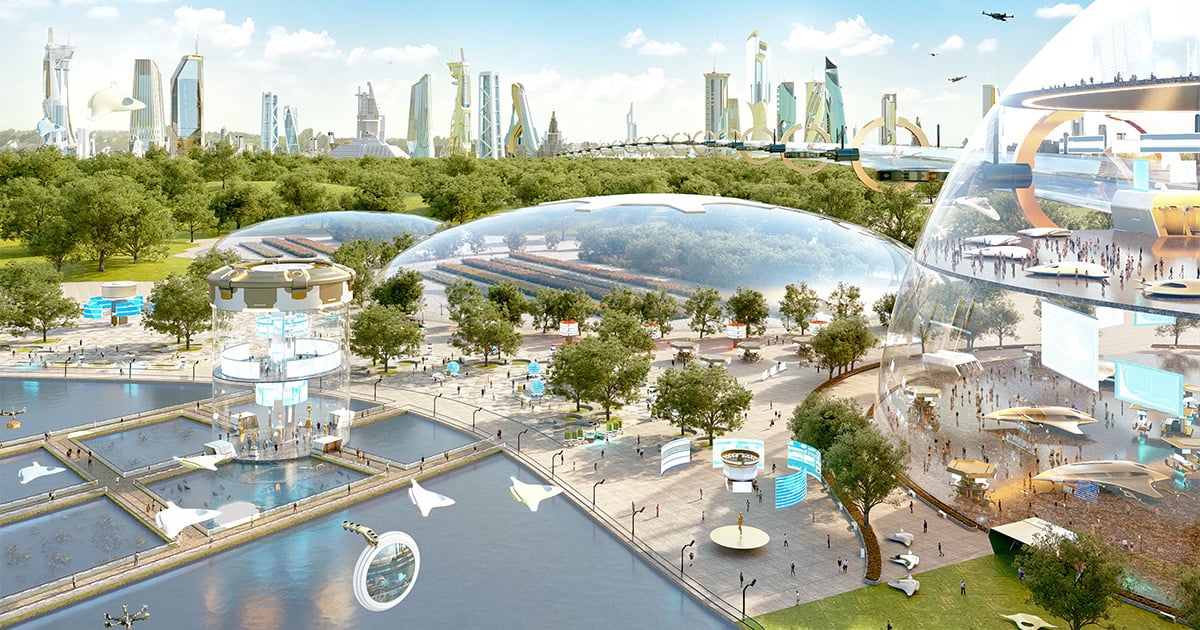
Perspective of the project “Tokyo Bay eSG” built on reclaimed land in Japan
Tokyo is the world's leading financial and modern urban center, home to most of the corporations and large companies with investment capital of 1 billion yen or more. This is also a densely populated city and the cost of living is 10 times higher than Vietnam. It is worth mentioning that Tokyo's area has been expanded quite a lot by land reclamation activities, especially in bay or coastal areas. This process is called land reclamation by the Japanese, with a long history dating back to the Edo period.
In the Tokyo Bay area alone, as of 2012, about 250 square kilometers of land had been reclaimed, an increase of about 15% compared to the original area. New projects continue to be implemented to expand the area for developing new neighborhoods. Typically, the "Tokyo Bay eSG" project announced by Tokyo in April 2021 with the participation of large corporations and private enterprises such as Mitsubishi, Sumitomo, NEC Corp, ... will bring a new urban district with an integrated development model between residential areas, commercial areas, culture as well as large green spaces and modern transport infrastructure.
The crowded Toyosu reclaimed area with many apartment buildings built on reclaimed land such as City Towers Toyosu the Symbol, City Towers Toyosu the Twin, Toyosu Ciel Tower and Park Homes Toyosu the Residence... is attracting many young and successful residents thanks to its convenient connection to Tokyo, along with a wonderful view from the bay to the vast ocean.
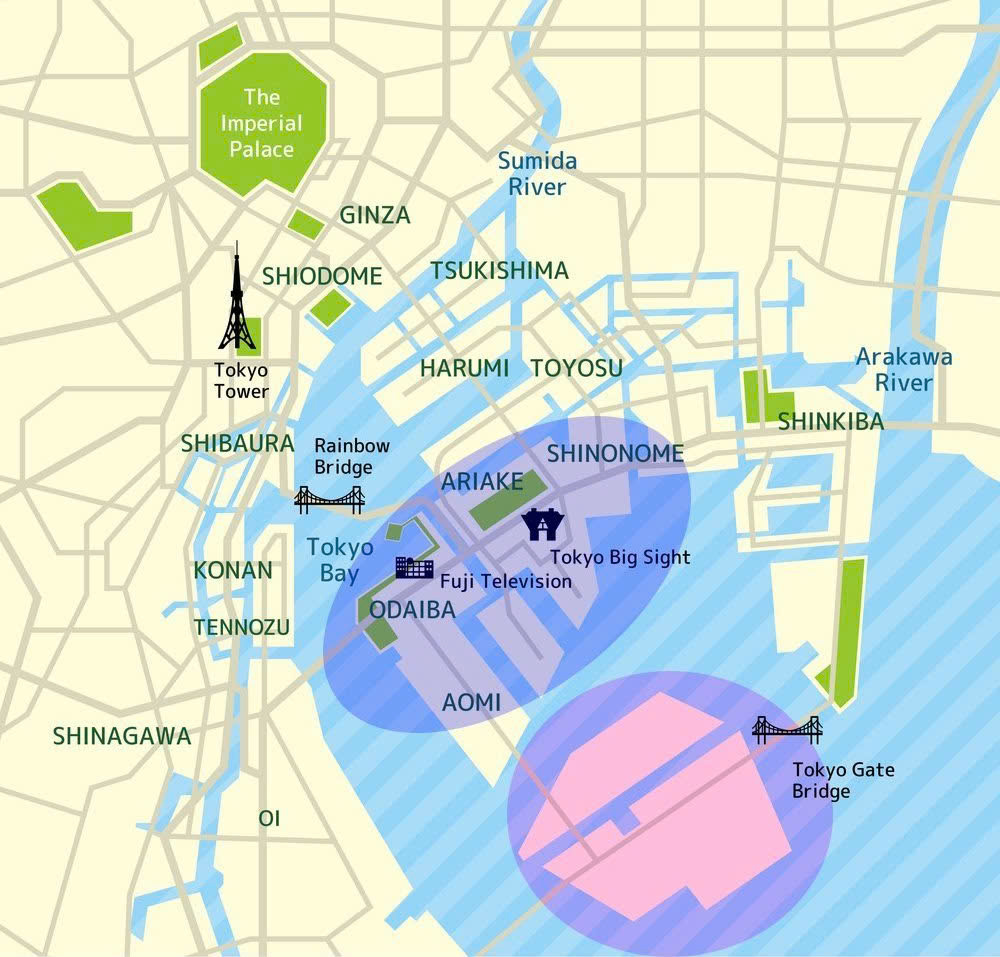
Map of Odaiba reclamation area in Tokyo Bay.
Another reclaimed land fund - Odaiba is an artificial island near Tokyo Bay, created in the 1960s, now bustling with residential areas, famous tourist destinations and the multi-purpose complex Palette Town (including shopping malls, Fuji TV center, hotels, offices and entertainment areas). This is an ideal place to live for many well-off families, ensuring a safe and peaceful living space with many parks and open spaces for outdoor activities and relaxation.
Another successful model of land reclamation, demonstrating Japan's advanced technology and engineering, is Kansai International Airport located on an artificial island in Osaka Bay.
With a total investment of up to 19 billion USD, the construction of the airport used up to 48 million m3 of landfill materials. The airport terminal is built on seismically isolated bearings, and is integrated with energy-saving technology, reducing environmental impact. Playing a role in promoting trade and tourism, relieving pressure on Osaka International Airport, Kansai International Airport is an important gateway connecting Osaka to the world.
South Korea and its futuristic projects
Although it does not have a long history of land reclamation like Japan, South Korea has successfully implemented many large-scale land reclamation projects with a long-term development vision.
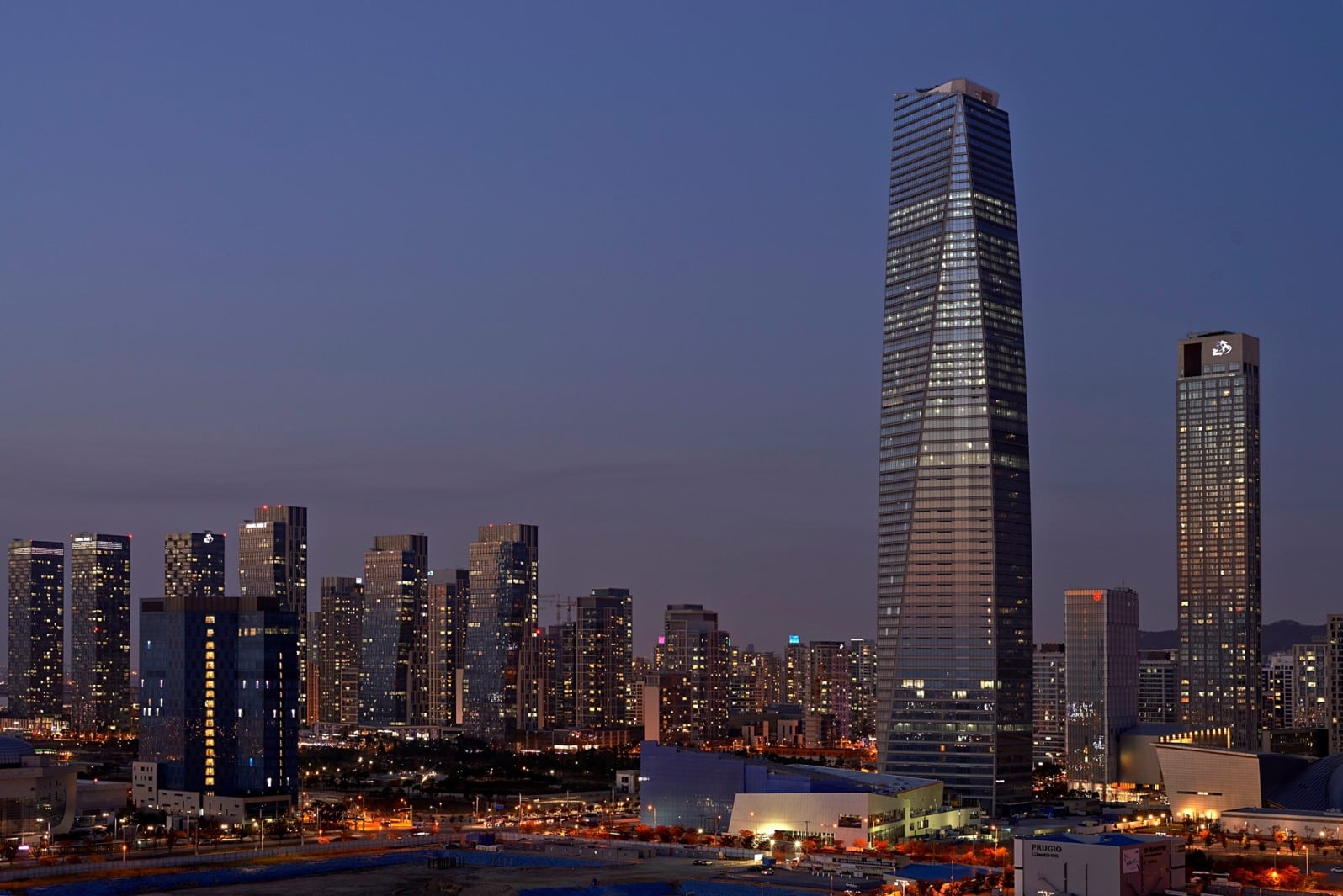
Songdo IBD represents the image of an excellent international smart city in Korea
Built on reclaimed land in Songdo City since 2003, Songdo International Business District (Songdo IBD) is a multi-functional urban development project, privately owned with an investment capital of 40 billion USD. Songdo IBD ensures that commercial areas, offices, medical facilities, and schools are planned close to residential areas and are only about a 12-minute walk from bus stops or subway stations. Therefore, Songdo IBD represents the image of an excellent international smart city in Korea and aims to become a global business center in Northeast Asia.
Songdo IBD dedicates 40% of its area to green space. The project has more than 100 buildings that are LEED certified - an international certification for green construction projects, reusing 40% of water. Currently, this place attracts up to 70,000 workers to work every day.
Not stopping there, the Korean government and tycoons are still ambitious with future mega-projects to reclaim the sea. Recently, the Saemangeum Development and Investment Agency (SDIA) shared its initiative to promote the Saemangeum National Industrial Complex with an area of 409km2 (equivalent to 2/3 of Seoul's area) to become a key economic center in Northeast Asia.
The project is being developed on land acquired from the Saemangeum Seawall (completed in 2010), establishing a parallel Global Food Center and a world-class Tourism - Convention Center in a strategic location of the rapidly developing Asian market, aiming to become a focal point for attracting international companies with global capital.
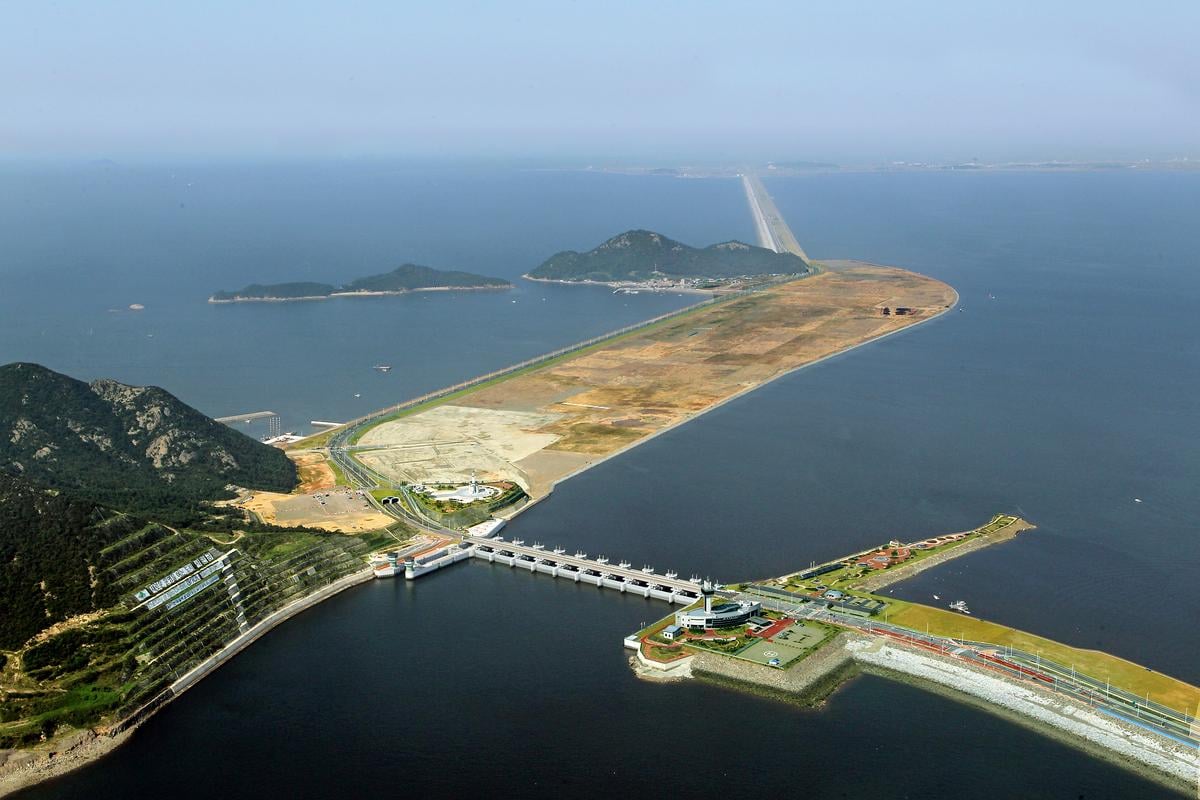
Sea-encroaching urban areas continue to be implemented in Korea.
According to experts, the Saemangeum Project offers four main attractions to investors: large land area with modern infrastructure such as ports and railways; competitive prices; attractive tax incentives; and streamlined processes. The project also satisfies the factors of sustainable development, ensuring carbon neutrality and winning the award of the first “National Smart Green Industrial Complex” in Korea.
With an ambitious vision for a continental project, Korean officials expect that in the next five years, the Saemangeum project will become a hub connecting the continent's high-tech industries.
It can be seen that the successful land reclamation models of Japan and Korea provide valuable lessons for countries, including Vietnam, especially in the context that many localities have proposed and are implementing land reclamation projects to expand land funds, develop industry, tourism, services, attract investment, etc.
The complete legal corridor, especially the 2024 Land Law, which clearly stipulates sea encroachment activities, along with the determination of provinces and cities and the cooperation of large enterprises, has opened the door for coastal and sea encroachment projects in the coming time, creating motivation to optimally exploit marine resources to help Vietnam develop quickly and sustainably.
According to the latest information from the Ministry of Natural Resources and Environment, Vietnam has so far implemented about 80 sea encroachment projects in 19 provinces and cities. Some localities such as Kien Giang have successfully developed a sea encroachment area in Rach Gia. Ben Tre's planning for the period 2021 - 2030, with a vision to 2050, also aims to develop 50,000 hectares towards the sea, reclaiming the sea to expand land funds. Da Nang plans to build a free trade zone on the reclaimed sea area...
Source: https://www.congluan.vn/han-quoc-nhat-ban-da-lan-bien-thanh-cong-ra-sao-post318094.html


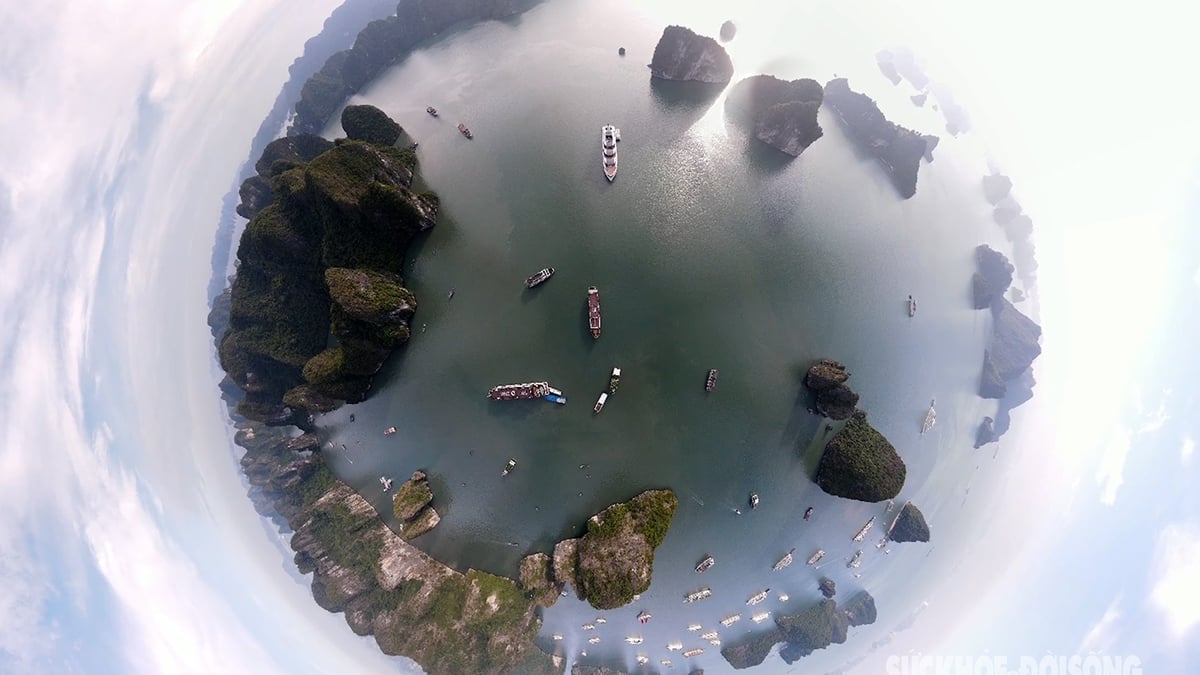
![[Photo] Prime Minister Pham Minh Chinh chairs a meeting on the implementation of the Lao Cai-Hanoi-Hai Phong railway project.](https://vphoto.vietnam.vn/thumb/1200x675/vietnam/resource/IMAGE/2025/5/20/0fa4c9864f63456ebc0eb504c09c7e26)
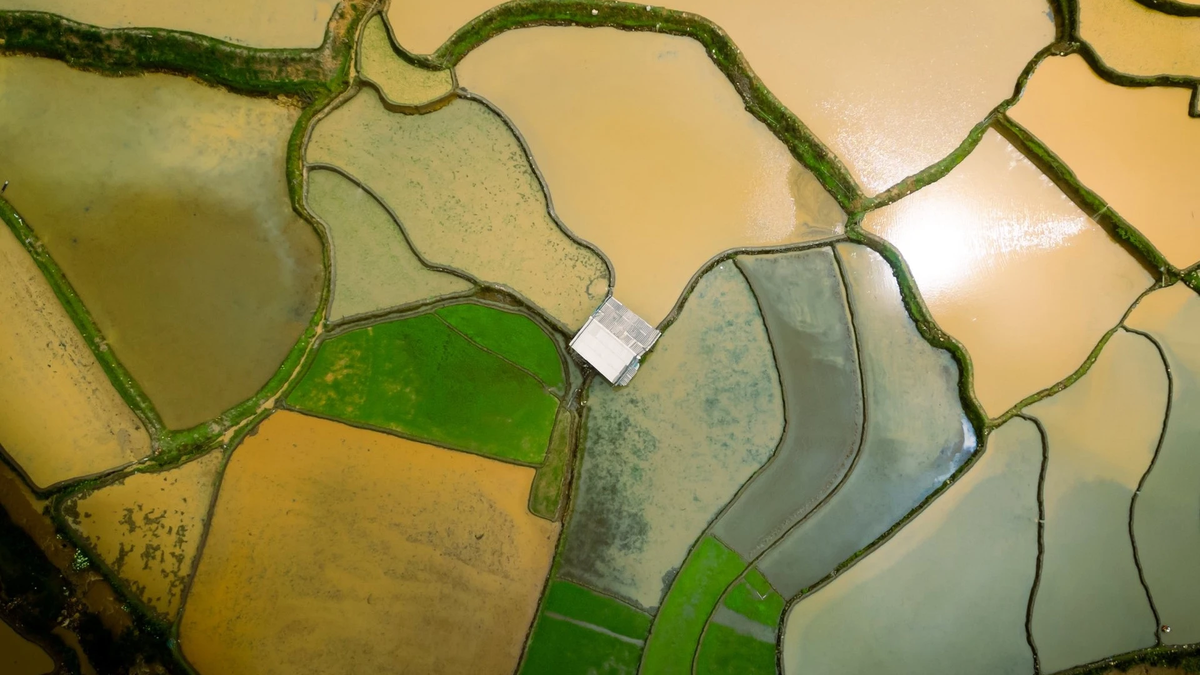
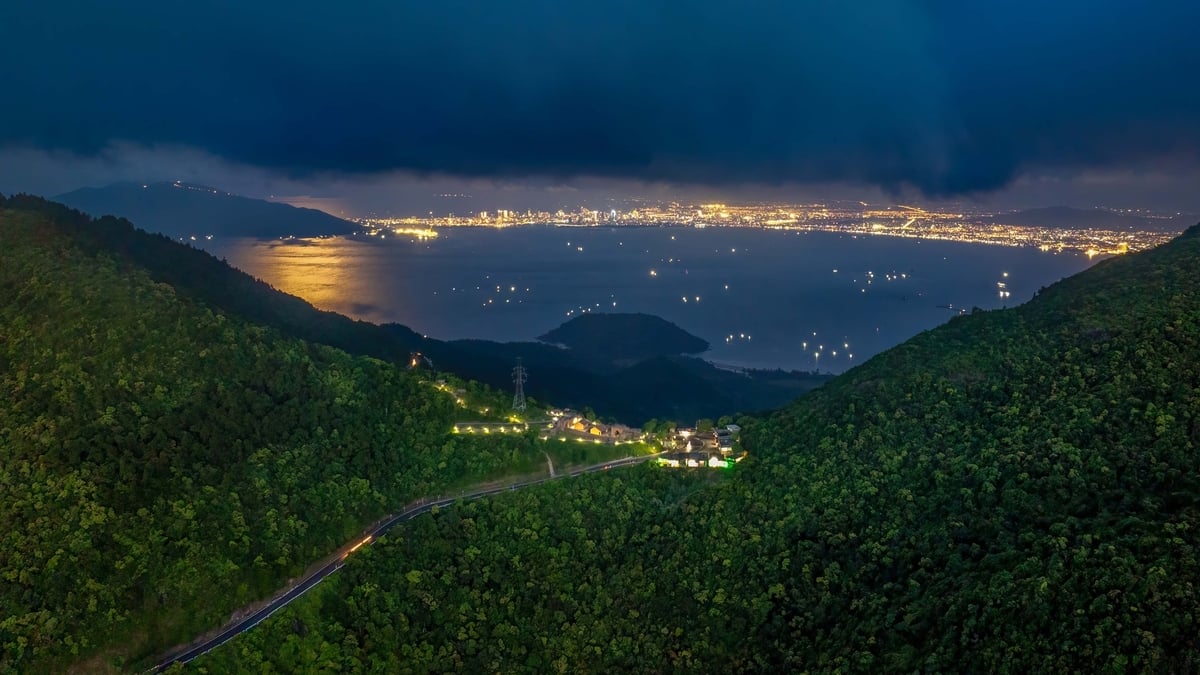

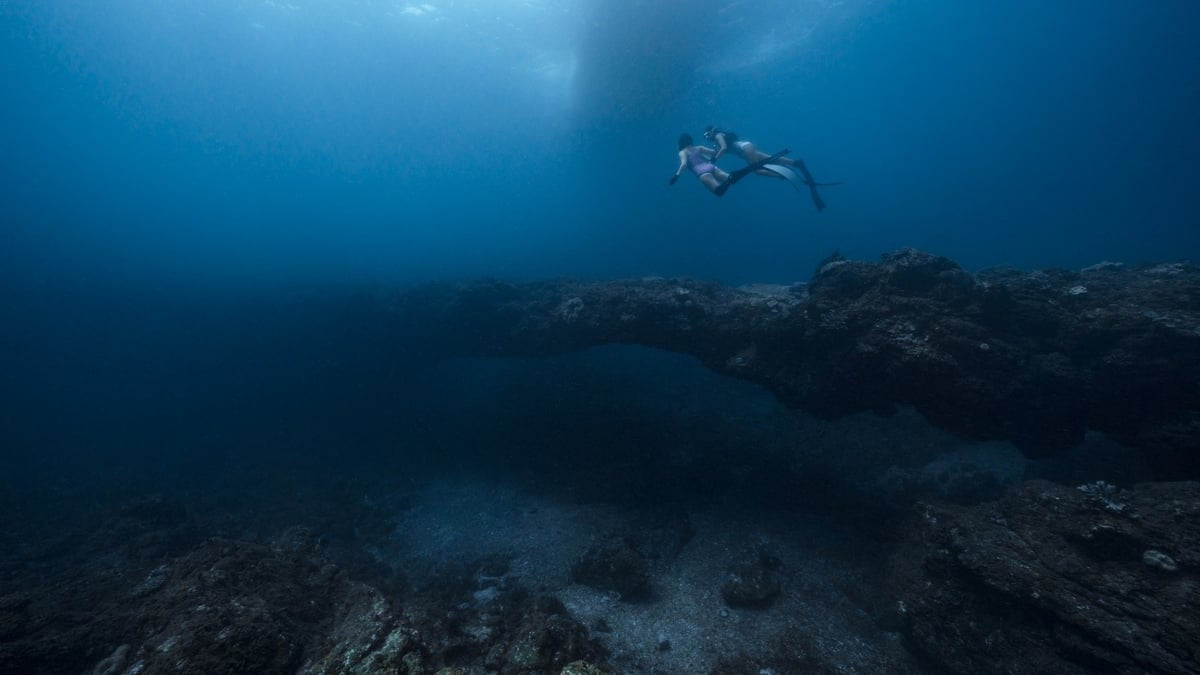
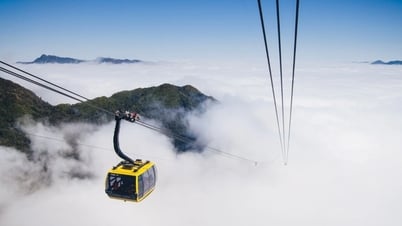

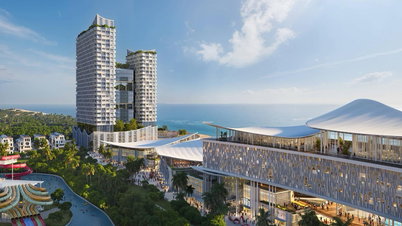

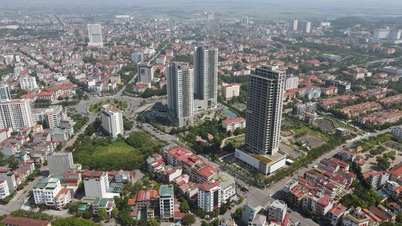



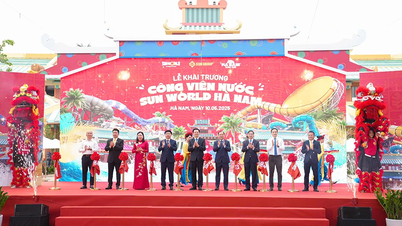

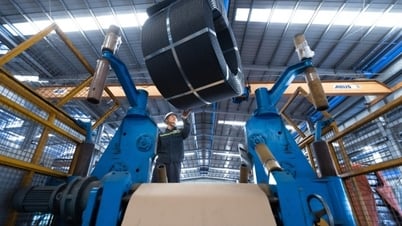





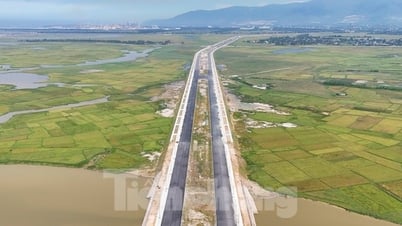

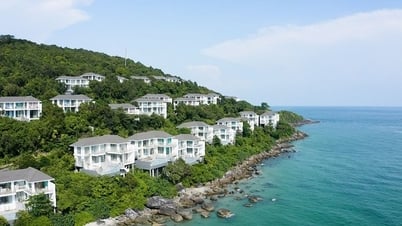


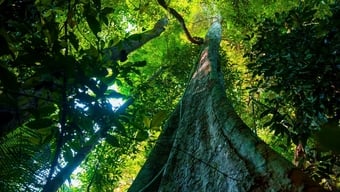

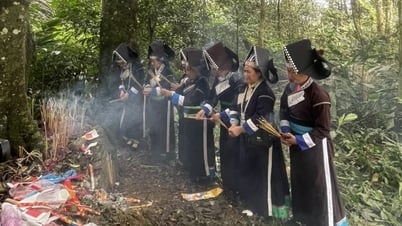
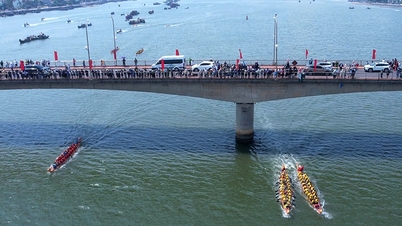
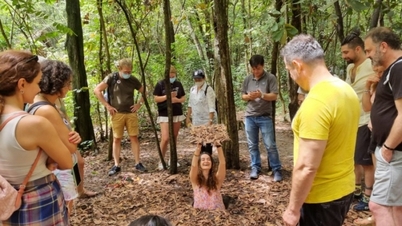



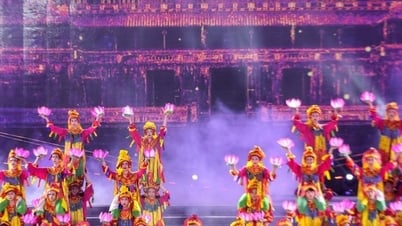

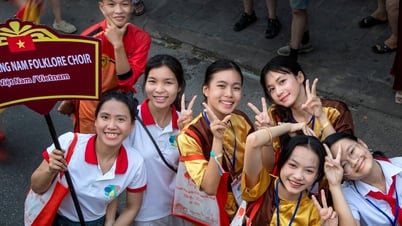



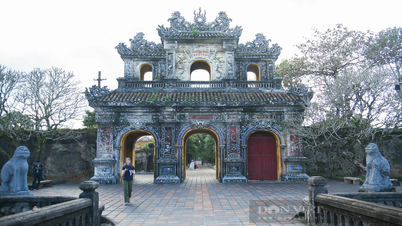

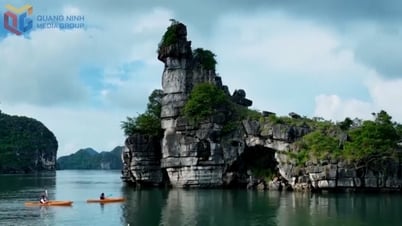



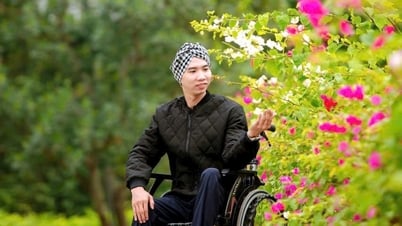

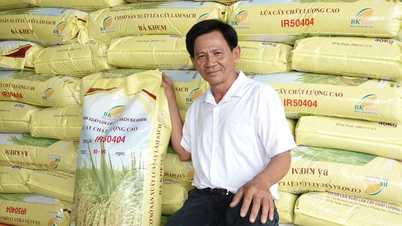






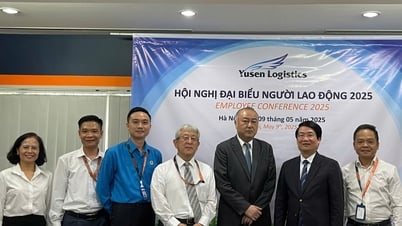

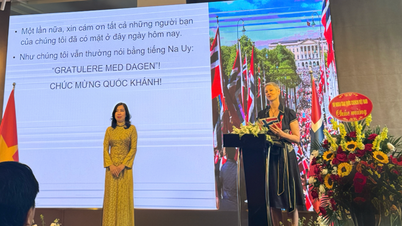
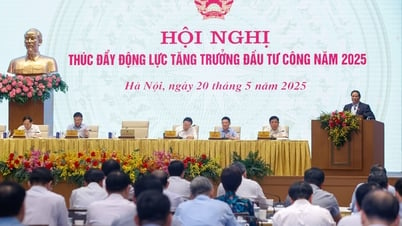






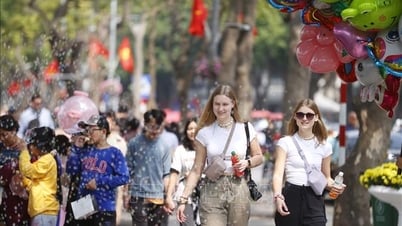


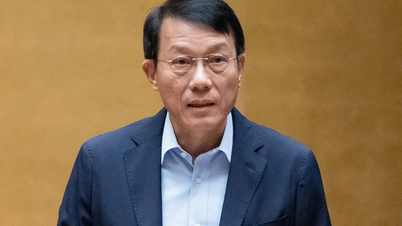
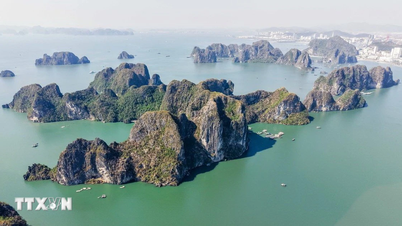
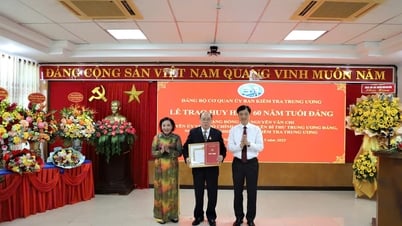

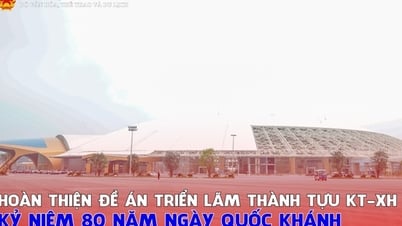

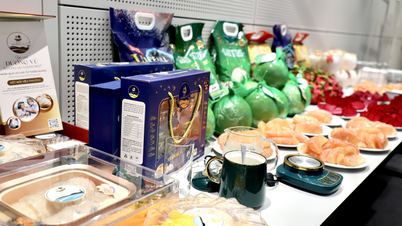

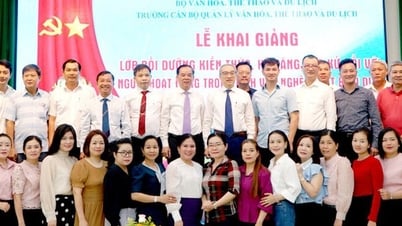


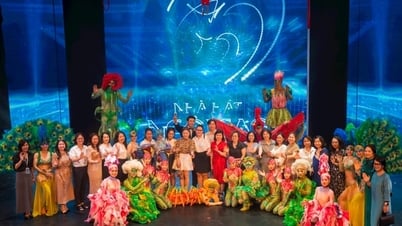






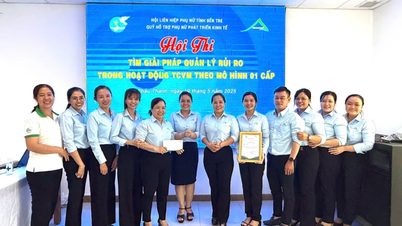

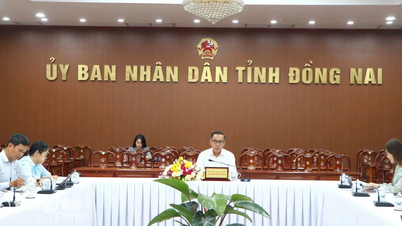



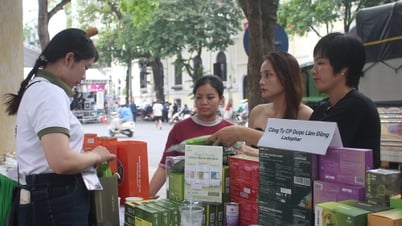

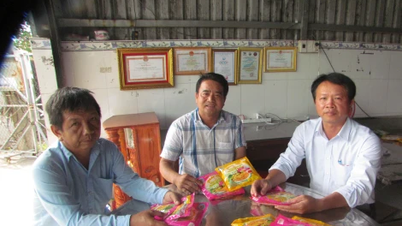



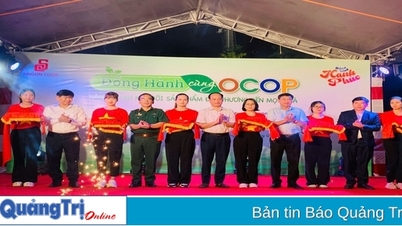

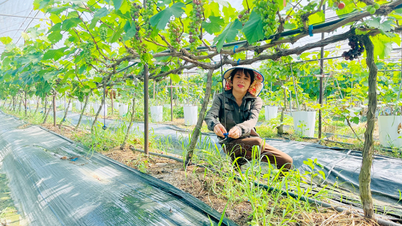

Comment (0)